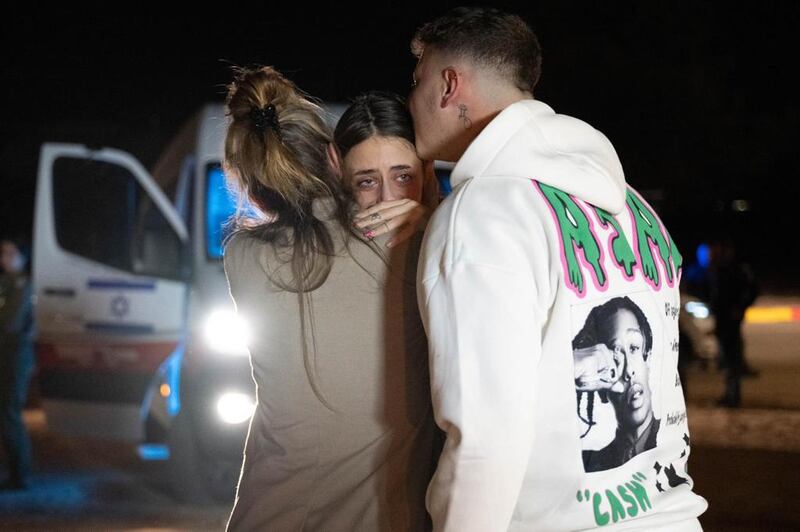Fighting resumed in the Gaza Strip early on Friday, bringing to an end a week-long ceasefire during which more than 110 hostages held by Palestinian militants were released.
Israeli aircraft pounded hundreds of Hamas targets across Gaza in a likely prelude to a resumption of the ground operation suspended a week ago. Israel said more than 200 Hamas targets were attacked on what became day 56 of the war, in both the northern and southern Gaza Strip. The health ministry said at least 178 residents had been killed since the ceasefire ended and hundreds more wounded since the ceasefire ended.
The Israeli Defence Forcesaim to take full command of northern Gazaby seizing the few neighbourhoods of Gaza City that remain under the control of Hamas, the militant body that governs the coastal enclave.
Simultaneously, Israel is poised to spread the war to central and southern areas of Gaza, particularly the city of Khan Younis, where the Hamas leadership and many of the remaining 137 hostages are believed to be located, and to Rafah, on the Egyptian border, where Israel believes an extensive tunnel network exists enabling Hamas to smuggle in weapons from Egypt.
Israel has promised Washington it will make every effort to keep civilian casualties to a minimum, primarily by using warnings and “designated specific zones which are safer areas”. The Israeli military sent messages to residents calling on them to evacuate “from specific areas that are being used by Hamas for terrorist activities”, using a new map dividing Gaza into different zones.
Some 240 people were seized by Hamas gunmen in southern Israel on October 7th, in a raid in which 1,200 people were killed, according to Israel. More than 15,000 residents of Gaza have been killed in Israeli attacks since then, according to the Gaza health ministry.
Only a few dozen lorries entered Gaza via the Rafah crossing to Egypt on Friday as the fighting resumed. During the truce an average of 200 lorries each day delivered much-needed humanitarian assistance, but aid groups said even that figure was significantly short of what was needed.
US secretary of state Antony Blinken, who was in the region engaging in shuttle diplomacy, backed Israel’s assertion that the ceasefire ended because Hamas decided to breach the agreement with Israel in failing to release all the civilian women and children hostages. He said Israel had the right to defend itself and had taken steps to tell Gazans where safe areas were and how they could get out of harm’s way.
However, in his meetings with Israeli officials, Mr Blinken made it clear he expected minimal harm to civilians and that Israel stop transferring populations and minimise bombings of buildings. He also relayed a message from US president Joe Biden to the Israeli war cabinet that a time limit must be set for the war.

Senior Hamas official Khalil al-Hayya blamed Israel for the resumption of the fighting. He said Israel rejected three separate proposals for the release of more hostages, claiming that Israel demanded the release of female soldiers and refused to discuss receiving elderly hostages in exchange for elderly Palestinian prisoners.
Militants in Gaza resumed rocket fire into southern and central Israel, including towards Tel Aviv, on Friday.
Cross-border exchanges of fire between Israel and the Iran-backed militant group Hizbullah also resumed on Israel’s northern border with Lebanon on Friday.
Tánaiste and Minister for Foreign Affairs Micheál Martin expressed a “deep sense of outrage and disappointment” over the resumption of the fighting, saying the Irish Government remained committed to working with the EU and international partners to deliver a permanent ceasefire.














